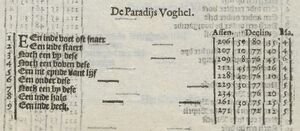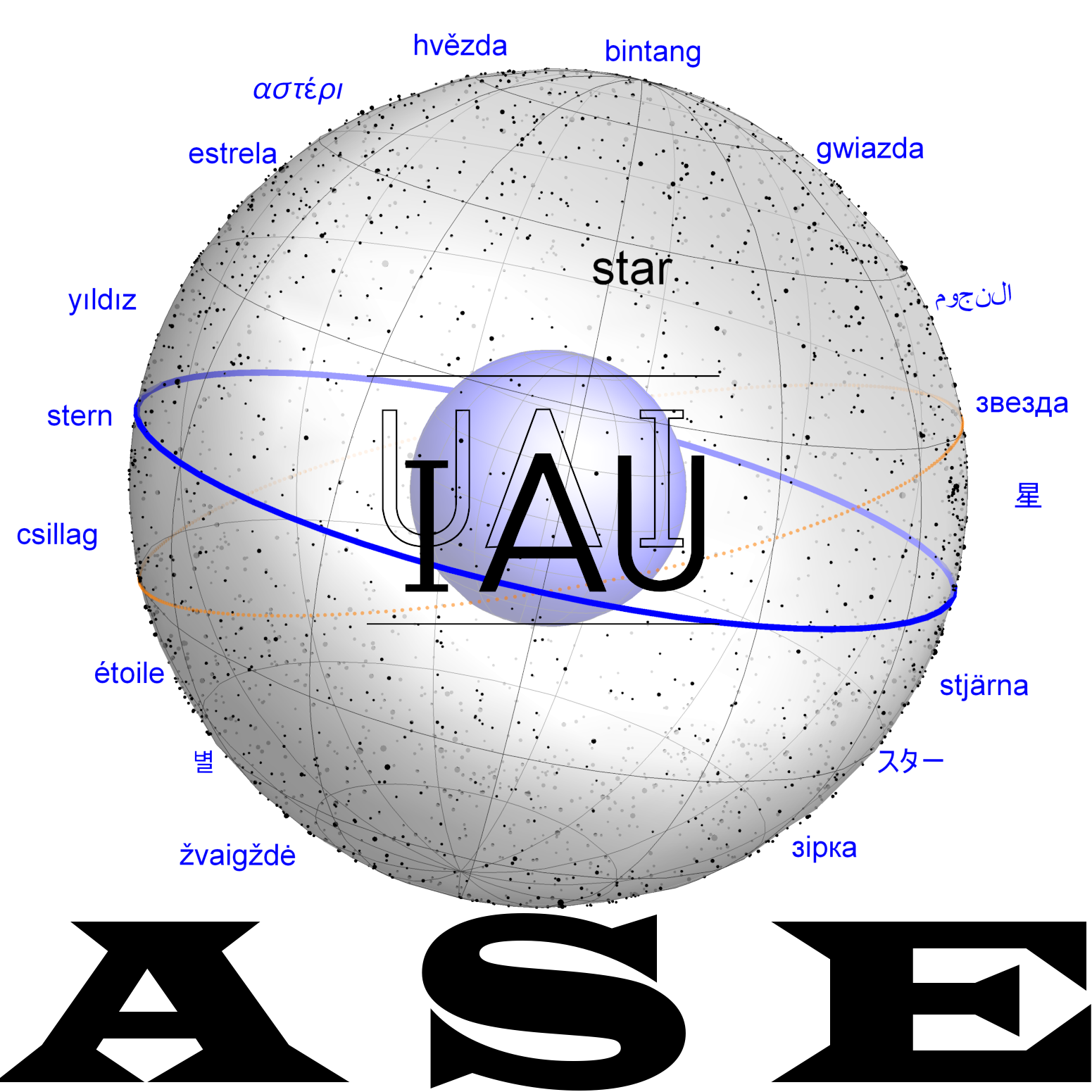Apus
One of the 88 IAU constellations. The Paradise Bird was an invention by Dutch sailors in the 1590s, the original spelling in Dutch "De Paradijs Voghel".
Etymology and History
The word ‘apus’ is derived from the Greek ἄπους ‘apous’, footless, because the birds brought back by seafarers were mutilated. It refers to a type of bird that was first brought back by Magellan's expedition.[1] Today, the birds of the ‘bird of paradise’ family live mainly in New Guinea and Australia. Magellan was the first European to visit Guam and the Philippines (north of Papua New Guinea). Of his five ships with a crew of 270 men, only 18 men arrived back in Spain on 6 September 1522 after almost three years of expedition on a ship that was almost unseaworthy. He himself had not survived the voyage, but the cargo of this ship covered the costs of the expedition and brought a wealth of new knowledge back to Europe. Apart from cartographic knowledge, such as the Strait of Magellan in South America and the new islands in the Pacific, there were also species of exotic animals.
The specimens of birds of paradise were sold as decoration due to their magnificent plumage and the famous tail feathers of the males. Their feet were often torn off because they were considered ugly. In Europe in the 16th century, the rumour circulated that these birds had no feet - and so they were depicted on star charts.
Origin of Constellation
It was brought into its present form by the French surveyor Lacaille in the 18th century, when he introduced the constellation of Octant directly at the south celestial pole and therefore slightly reduced the neighbouring constellations. However, the constellation of the Bird of Paradise had already been created in the Uranometria by Johannes Bayer in 1603, as the idea goes back to Dutch sailors. The Uranometria subsequently formed the basis for many cartographers and astronomers.
Bayer, a lawyer from Augsburg who was interested in star charts as a hobby, had many models for his work: one of them was certainly the celestial globe by Petrus Plancius and Jodocus Hondius from 1598, on which the constellation Apus appeared - labelled in Latin, of course. The Dutch had sent their own expedition to the East Indies, during which astronomical observations had also been made. Frederick de Houtman and the navigator Pieter Keyser compiled the first star catalogue for the southern hemisphere that has survived to this day. This star catalogue was published in the same year as the Uranometria. Still, the globes by Plancius and Hondius already contained figures for these previously poorly documented celestial regions at the South Pole.
The Dutch star catalogue not only gave the constellation the Latin name Apus (with a spelling mistake), but also the Dutch word for ‘bird of paradise’ (Paradijs Voghel).
Transfer and Transformation of the Constellation
Mythology
Weblinks
All HIP Stars within this constellation
HIP 72370,HIP 81852,HIP 81065,HIP 80047,HIP 80057
References
- ↑ Brooke-Hitching, Edward (2018). The Golden Atlas: The Greatest Explorations, Quests and Discoveries on Maps, Simon & Schuster UK














